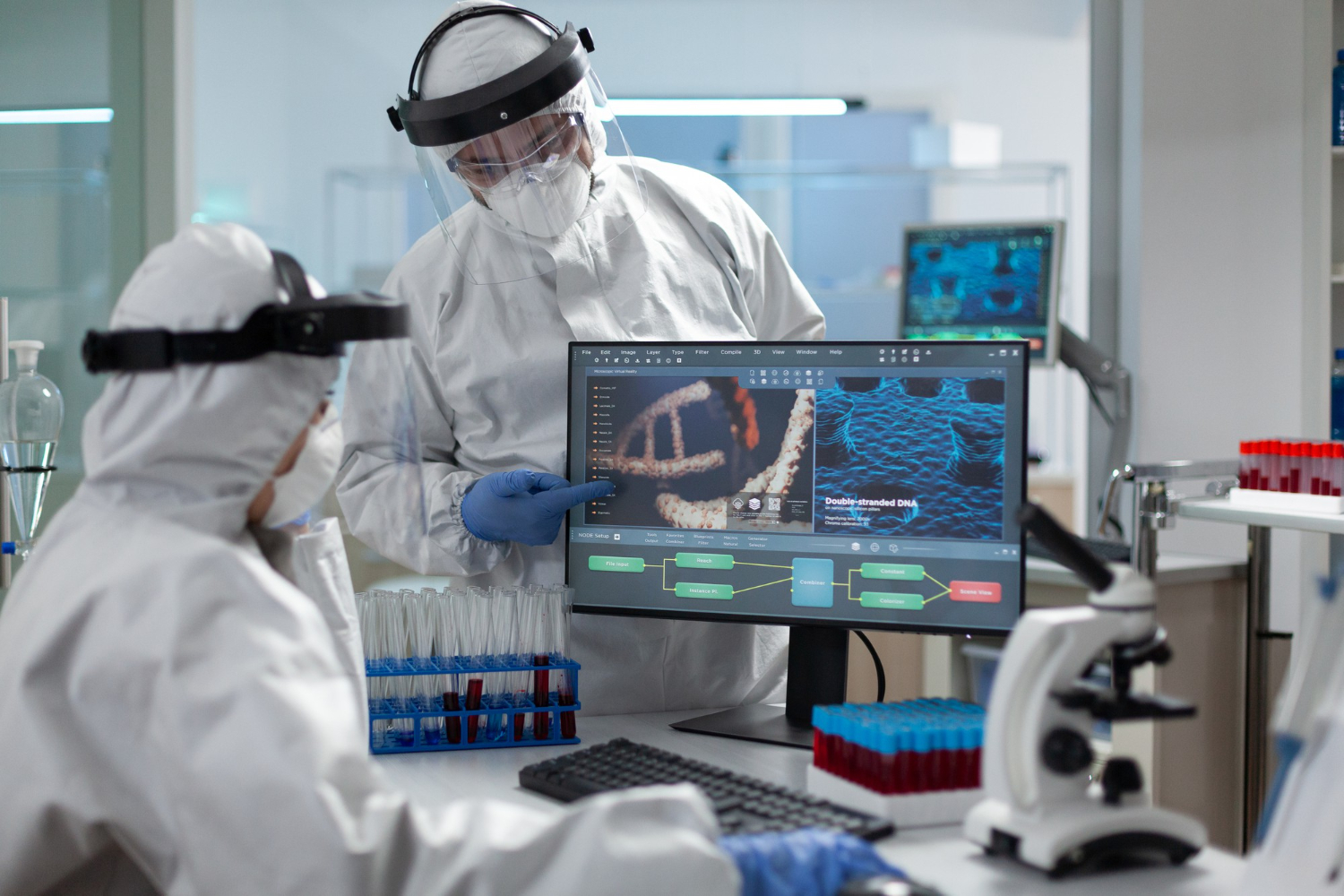Introduction
Cities are always changing and becoming more open to using new technologies to improve urban living. We can see artificial intelligence in major cities more and more. With AI being widely accepted and adopted, it’s becoming a vital part of urban planning as well. Smart urban designs have become increasingly popular. What exactly is smart urban design? Smart urban design refers to integrating advanced technology like artificial intelligence into city planning to improve residents’ efficiency, sustainability, and quality of life.
In other words, smart urban design helps convert a city into a smart city. This transformation towards smart cities is gaining significant popularity around the world. In line with this, the global market for smart cities, worth USD 748.7 billion in 2023, is expected to grow at a compound annual growth rate (CAGR) of 25.8% until 2030.

There’s a vast potential for smart urban designs that use artificial intelligence across various sectors of smart cities. AI can make utilities like energy and water more efficient. It can also improve public transportation, reducing emissions and saving time. For governance, AI analyses data to make city operations smoother and public services more responsive. In each area, smart AI integration shows that the future of our cities depends on using technology to solve complex challenges.
In this article, we’ll explore how AI is applied in smart urban design to make cities better places to live. From generative AI to edge computing, we’ll see how these technologies make cities more sustainable and efficient. We’ll also talk about some of the challenges faced when implementing these solutions and how TechnoLynx can help handle such challenges. Let’s dive right in!
Planning Cityscapes and Incorporating Smart Urban Designs
Nowadays, how we think about cityscapes has evolved to a more digital outlook. Skyscrapers are designed to act as massive screens, and the popularity of drone shows is becoming more common. This is all thanks to architects’ and engineers’ abilities to blend technology with innovative design. They use AI advancements like generative AI and GPU-accelerated simulations to reshape urban planning.
Creating Next-Gen Urban Urban Designs Through Generative AI
Generative AI can be used to create tools that can help architects create more innovative, more efficient city layouts than traditional design methods. These tools use advanced algorithms to simplify the design process for planners while ensuring the designs are aesthetically pleasing and sustainable. The image below showcases a tool that uses generative AI to create schematic designs. From initial design to the final build, it crafts the most economical layouts, maximising space utilisation and financial returns.

How does generative AI make this possible? At its core, generative AI uses machine learning models like Generative Adversarial Networks (GANs) and Convolutional Neural Networks (CNNs) with sophisticated data analysis techniques. These algorithms are trained on vast datasets containing information on urban planning, architectural design, environmental regulations, and human behaviour patterns.
The AI system uses this training to generate various schematic design options when given specific project criteria like land size, budget, and desired features. Then, by applying optimisation techniques, it iterates on the designs using the criteria to prioritise goals like sustainability.
The benefits of using generative AI for urban planning include:
- Increased Innovation - Unlocks creative design possibilities beyond traditional methods.
- Enhanced Efficiency - Speeds up the design process through automation.
- Optimised Space Utilisation - Ensures effective use of available space.
- Improved Sustainability - Incorporates eco-friendly design principles for greener urban spaces.
After creating smart urban designs using generative AI, it’s essential to evaluate these designs. This is where GPU-accelerated simulations play an important role.
Using GPU-Accelerated Simulations To Evaluate Smart Urban Designs
Using GPU-accelerated simulations is a big step forward in planning smarter cities. We can run detailed simulations that help with everything from figuring out traffic patterns to planning for disasters. It allows us to understand how people move through cities and how different designs can make getting around easier and safer. With GPUs, we can quickly work through huge amounts of data and test out many scenarios quickly. This means we can see potential problems before they happen and develop better solutions.
For example, GPUs are helpful when we need to model how cities might respond to emergencies like floods or earthquakes. These simulations show us how well our urban designs can withstand disasters and help us plan better.

We can determine the best ways to use our resources, where to send emergency services and the fastest evacuation routes. By using GPU-accelerated simulations, we’re not just making guesses. We’re making informed decisions that help make our cities safer and more prepared for anything coming their way.
Upgrading Urban Environments
We’ve gone over ways to improve planning for smart urban designs. This is relevant for developing cities. However, there are a lot of cities that already have most of their infrastructure in place. So next, we’ll explore how to upgrade existing urban designs into smart ones by incorporating AI into city infrastructure. This approach involves adding smart technologies like computer vision to old city systems, making them more adaptable and efficient for everyone.
Enabling Dynamic Infrastructure with the Help of AI
We can use artificial intelligence technologies like computer vision to make city infrastructure more dynamic and responsive. Computer vision can see and understand what’s happening in real time through cameras all over the city. This information helps make quick decisions. For example, if a traffic jam starts, AI can change traffic lights to ease congestion and get traffic moving faster. This can make your daily commute a lot smoother.
How is computer vision able to detect a traffic jam? Computer vision algorithms attempt to mimic the ability of humans to perceive things using our eyesight. These algorithms are trained to recognise patterns and objects, such as vehicles, traffic density, and speed. By continuously monitoring the flow of traffic, it measures the spacing between vehicles, their speed, and the overall traffic volume. If the system notices that vehicles are getting too close together or not moving much, it realises there’s a jam.

Using computer vision to detect traffic jams has the following benefits:
- Reduces congestion by quickly identifying and addressing traffic buildup.
- Enhances safety by preventing accidents in slow-moving or stopped traffic.
- Saves time for drivers by improving traffic flow and reducing delays.
- Lowers pollution by minimising idle time and stop-and-go driving.
Recently, a real-time computer vision-enabled traffic control solution dramatically impacted drivers’ daily lives in Pyeongtaek, South Korea. By analysing the video feeds, the system could identify traffic volumes, detect congestion, and even recognise different types of vehicles moving through intersections.
This implementation resulted in an increase in the average speed of vehicles during rush hour by more than 300% and by 25% during normal traffic conditions. This improvement saved drivers time and contributed to reducing emissions from idling vehicles.
This is just the tip of the iceberg. Computer vision can be applied to various aspects of urban development. Computer vision can help monitor crowded areas and detect unusual activities to enable timely responses from emergency services. It can also optimise public transportation schedules by analysing passenger flows. Further, computer vision can improve the energy efficiency of buildings by optimising lighting and heating based on occupancy and environmental conditions. To put it simply, anywhere that a camera can be placed, computer vision can be used!
Smart Management of Utilities
Smart management of utilities like water, electricity, and gas is key for cities to run smoothly and sustainably. By using AI technologies like Internet of Things (IoT) and edge computing, managing these resources has become much smarter and more efficient.
IoT connects devices to the internet and enables them to collect and exchange data. By placing IoT sensors and smart metres throughout our utility networks, we can monitor our usage as it happens. We can check how much water flows through our pipes, measure how much electricity we consume, and ensure our gas supply is safe and consistent.

Edge computing complements IoT by processing data closer to its source. This helps reduce latency and improve efficiency. Data collected by IoT sensors is processed and analysed locally, at the edge of the network, rather than being sent to a centralised server for processing. This immediate access to data allows us to adjust to demands quickly, spot and fix problems like leaks or power outages, and ensure our cities run more smoothly.
For example, imagine an intelligent water management system installed in a city. IoT sensors throughout the water distribution network continuously monitor water flow rates and pressure levels. This data is then processed locally using edge computing technology, allowing the system to instantly detect anomalies such as leaks or bursts in the pipes. Maintenance crews can be alerted promptly. This enables them to address the issue before it escalates, minimising water wastage and ensuring uninterrupted supply to residents and businesses.
We’ve understood how AI can be integrated into existing city infrastructure, and it’s become clear that many potential benefits exist. But it’s not always an easy process.
Challenges Related to Implementing Smart Urban Designs
Implementing smart urban designs poses various challenges that require careful consideration and expertise. For example, one challenge is the integration of diverse technologies across different systems and infrastructure components. This integration often involves compatibility between various platforms and devices, which can be complex and costly.
For instance, merging existing traffic management systems with AI-powered solutions requires seamless communication between sensors, traffic lights, and control centres. This process demands meticulous planning and coordination among multiple stakeholders to avoid disruptions to city operations.
Additionally, ensuring data security and privacy across the interconnected network of sensors, devices, and data repositories is crucial. Robust cybersecurity measures are needed to prevent data breaches and unauthorised access.
Another challenge lies in the scalability and interoperability of innovative urban solutions. As cities grow and evolve, the integrated technology must be able to adapt to accommodate increasing demands and changes in infrastructure. Addressing these hurdles requires expertise, and this is where TechnoLynx can step in.
What We Can Offer as TechnoLynx
TechnoLynx is a leading software research and development consulting company that provides cutting-edge AI-powered solutions and caters to various industries. With a strong focus on computer vision, generative AI, GPU acceleration, and IoT edge computing, we bring extensive expertise to the table.
Our team specialises in creating tailored AI solutions that drive innovation and efficiency across diverse sectors. Whether you’re in urban design, healthcare, finance, or any other field, TechnoLynx can assist you in harnessing the full potential of AI.
Our commitment extends beyond technology, and we aim to create enterprise AI solutions that push the boundaries of what’s possible. For more details on our services and how we can assist your organisation, please visit the TechnoLynx website.
Conclusion
We’ve explored various AI applications in smart urban design and taken a glimpse at what cities will look like in the future. It’s apparent that our cities are embracing a technological shift toward sustainability. As a society, we are rethinking urban layouts and refining resource management.
If you or your business wants to be part of this urban transformation, reach out to TechnoLynx for custom AI solutions. Tomorrow’s cities are being built by today’s architects backed by the latest advancements in AI. Together, we can redefine urban living, creating cities that are not just smart but also sustainable, livable, and filled with boundless opportunities. The future is now, and it’s yours to shape.
Sources for the images:
- Envato Elements (n.d.) Smart Energy Meter In Kitchen Measuring Consumption Of Domestic Electricity And Gas.
- Grand View Research (n.d.) Smart Cities Market Size, Share And Growth Report, 2030.
- Isarsoft (2023) AI in Traffic Management.
- Pertanto (2023) Artificial Intelligence Tools Revolutionizing Urbanism and Architecture.
Cover image: Freepik













